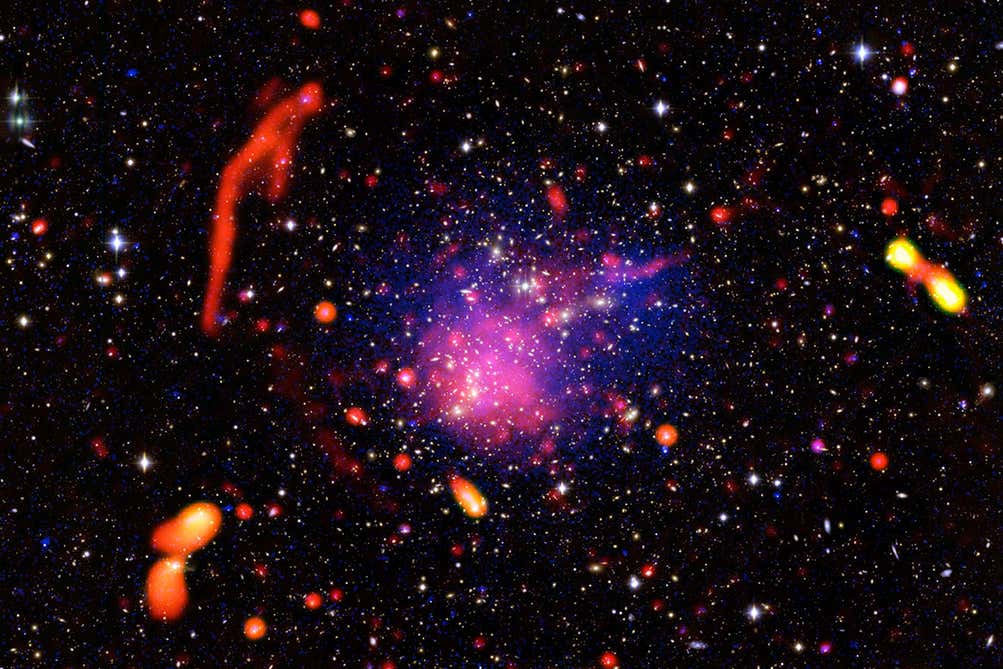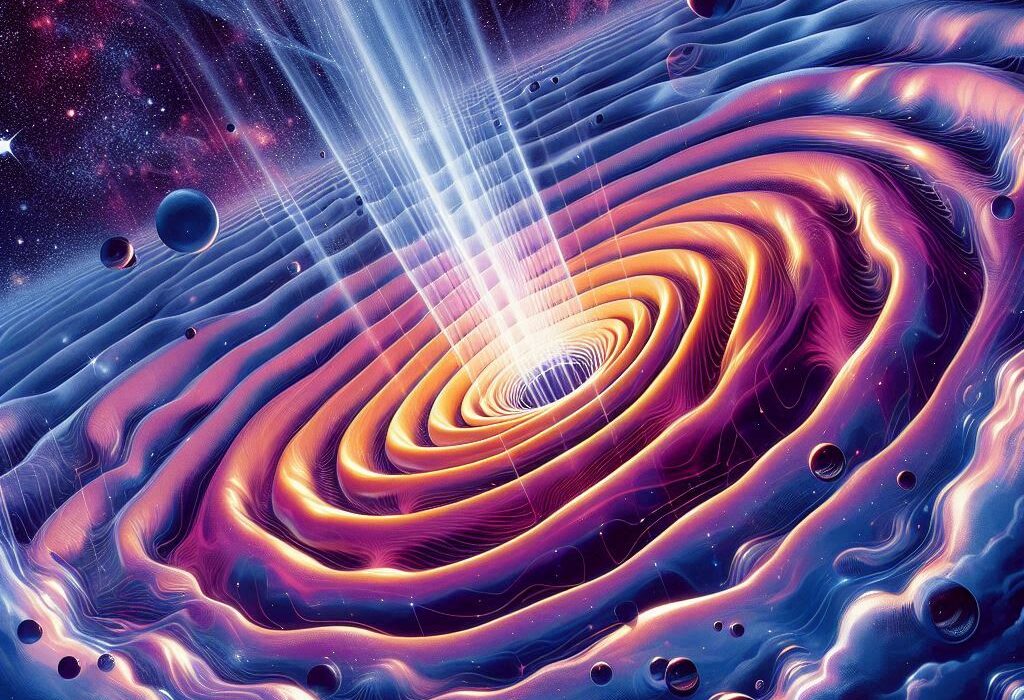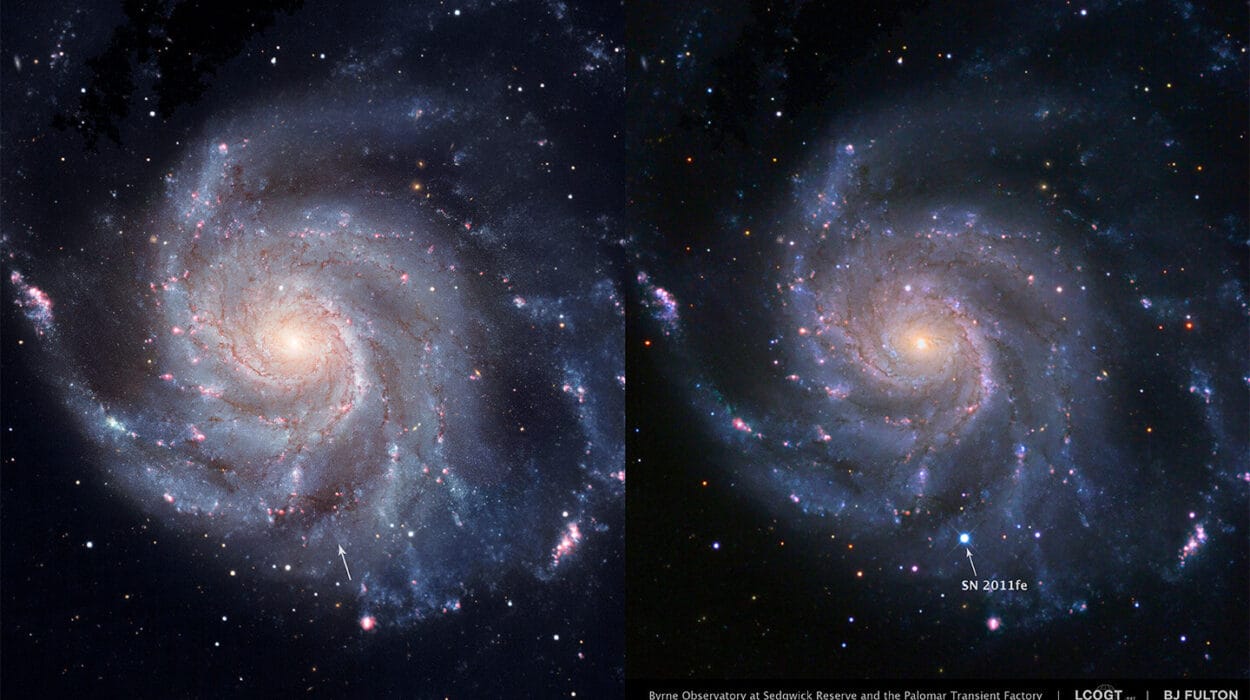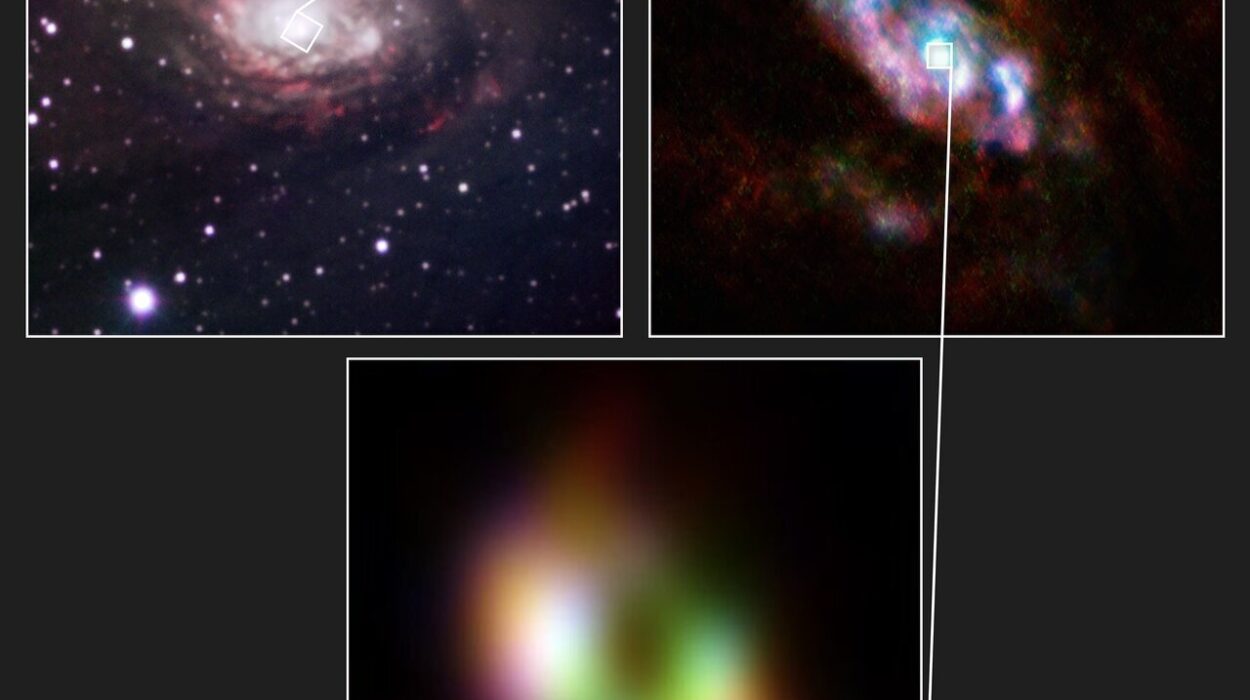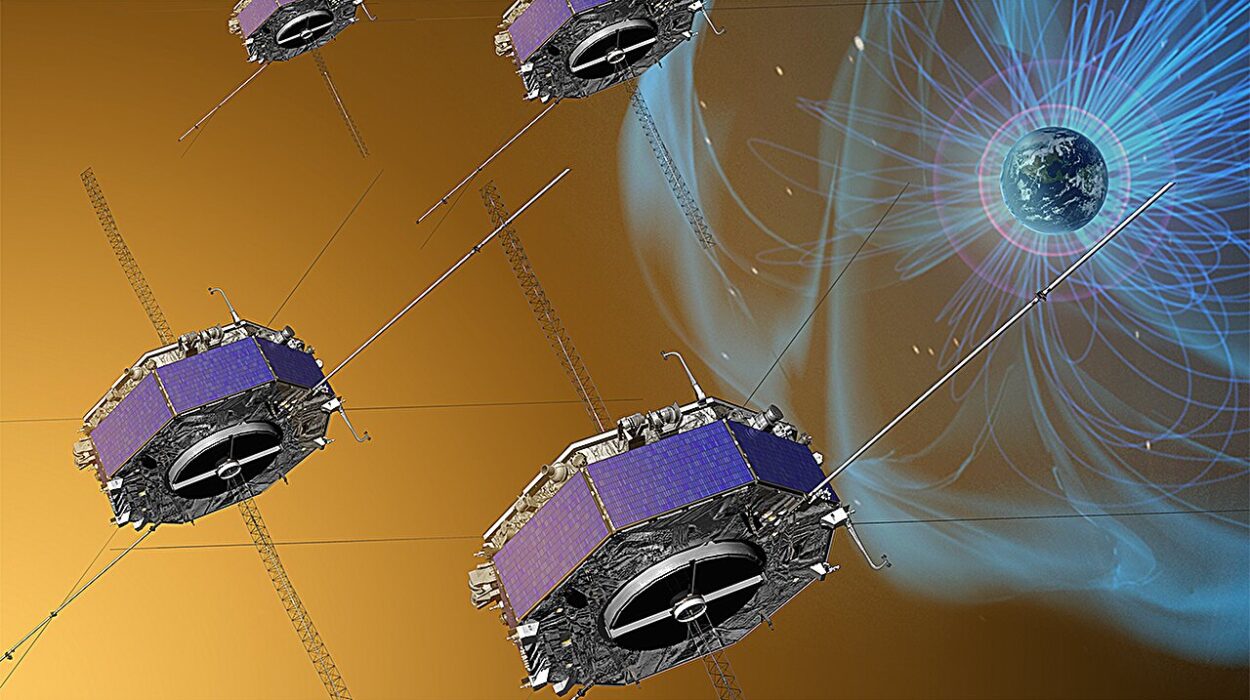In the vast expanse of space, more than 1,300 light-years away, a gas giant named WASP-17b races around its star. Its winds scream at 10,000 miles per hour, whipping clouds made of glittering quartz dust into high-speed motion. And according to astronomers at Cornell University, this alien tempest may produce a dazzling sight—a shimmering optical display reminiscent of sundogs, halos, and shimmering crown flashes we sometimes see here on Earth.
It’s a cosmic echo of a familiar beauty: just as ice crystals in Earth’s atmosphere can align to produce glowing spots or rainbow arcs beside the Sun, silicate crystals in the scorching atmosphere of a “hot Jupiter” like WASP-17b could align in its fierce winds, scattering starlight into breathtaking patterns.
“We can’t take photographs of WASP-17b, but if we could, and if we could see it at the right wavelengths, I think we’d witness something extraordinary,” says Elijah Mullens, a doctoral student in astronomy at Cornell and co-author of the new study, Silicate Sundogs: Probing the Effects of Grain Directionality in Exoplanet Observations, published in The Astrophysical Journal Letters.
Windswept Crystals on an Alien World
WASP-17b is not a place for the faint of heart. The planet, a “hot Jupiter” that orbits blisteringly close to its star, has temperatures soaring high enough to vaporize many minerals we think of as solid. But instead of water clouds, its skies are laced with exotic particles—tiny quartz crystals just 10 nanometers wide.
At that scale, 10,000 of them could line up across the width of a human hair. And their shape isn’t round, but elongated, like miniature boats. In an atmosphere dominated by supersonic winds, these “boats” may align themselves, just as drifting canoes would orient to a river’s current.
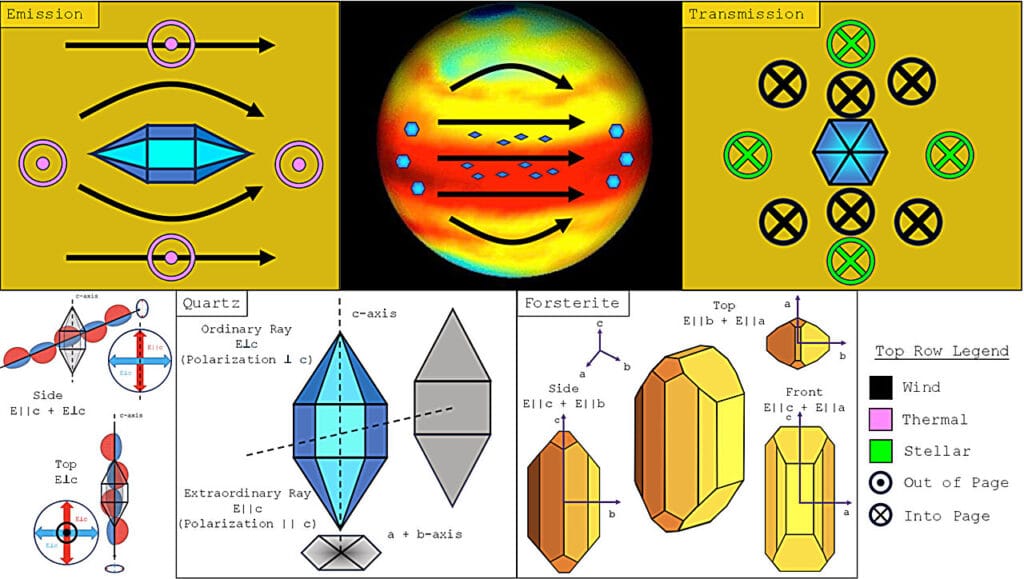
“If you put a bunch of these crystals in very strong winds, they’re going to align themselves with the wind, like boats in a current,” Mullens explains.
This alignment—known as mechanical alignment—was first proposed back in 1952 by Cornell astronomy professor Tommy Gold, who suggested that gas movement could orient dust grains in space. While the idea fell out of favor for explaining dust behavior in the interstellar medium, the Cornell team believes hot Jupiters may be the perfect stage for Gold’s theory to shine again.
“With winds this fast, in a dense atmosphere, it makes sense that the grains could align,” says Nikole Lewis, associate professor of astronomy and co-author of the paper.
When Light Meets Crystal
Here on Earth, the alignment of hexagonal ice crystals produces sundogs—bright, rainbow-tinted spots that appear on either side of the Sun in cold winter skies. In WASP-17b’s alien skies, the aligned quartz crystals could scatter starlight in a similar way, potentially creating optical effects—perhaps streaks, arcs, or shimmering halos.
The team can’t capture direct images of these phenomena; WASP-17b is far too distant. Instead, they rely on the powerful James Webb Space Telescope (JWST) to study the planet’s light spectrum. JWST data already confirmed the presence of quartz nanocrystals in the planet’s high-altitude clouds in 2023—an unexpected discovery that inspired the new research.
“We didn’t expect to see quartz crystals in a hot Jupiter atmosphere,” Lewis recalls. “We were predicting something completely different.”
But even without photographs, the light scattering effects of aligned crystals are measurable. Just as Earth’s sundogs tell meteorologists something about the orientation of ice crystals and the dynamics of our atmosphere, alien “silicate sundogs” could reveal the complex forces shaping exoplanetary skies.
Why This Matters for Exoplanet Science
The beauty of such phenomena is more than aesthetic—it’s a window into the physics of alien worlds. Understanding how these tiny crystals behave can give astronomers crucial clues about atmospheric composition, temperature, pressure, and wind dynamics.
“Other than being pretty, these effects can teach us about how crystals are interacting in the atmosphere,” says Mullens. “It’s really information-rich. On Earth, sundogs only happen under very specific conditions—if we see something similar on a hot Jupiter, we can tell a lot about the forces shaping those crystals.”
This isn’t just about WASP-17b, either. Hot Jupiters are among the most common types of exoplanets detected so far, and many may share similar high-speed wind conditions and mineral cloud compositions. If silicate sundogs are possible on one, they may be common features across dozens—or hundreds—of these worlds.
Looking Ahead
Mullens will soon have a chance to explore this shimmering idea further. He is principal investigator on an upcoming JWST observation campaign aimed at probing the particle directionality of WASP-17b’s atmosphere in even greater detail.
For now, the concept of a planet’s skies glowing with alien sundogs remains a blend of theory and indirect evidence—but the promise is tantalizing. Somewhere out there, far beyond our own solar system, winds scream and crystals shimmer, bending starlight in ways that echo the beauty of a winter’s day on Earth.
And if those alien skies truly hold sundogs, it’s a reminder of something profound: no matter how alien the world, physics—and beauty—are universal.
Reference: Elijah Mullens et al, Silicate Sundogs: Probing the Effects of Grain Directionality in Exoplanet Observations, The Astrophysical Journal Letters (2025). DOI: 10.3847/2041-8213/ade885

